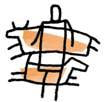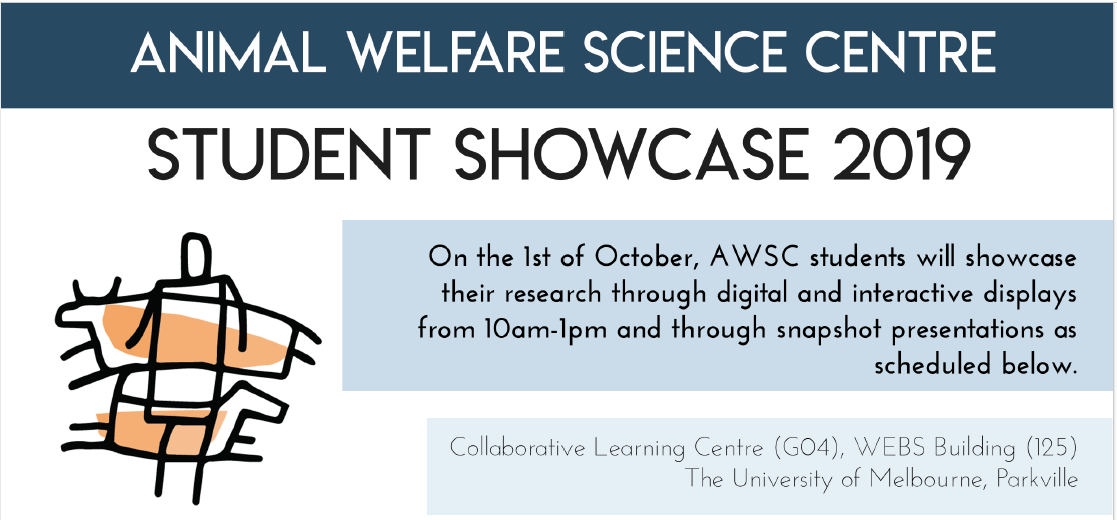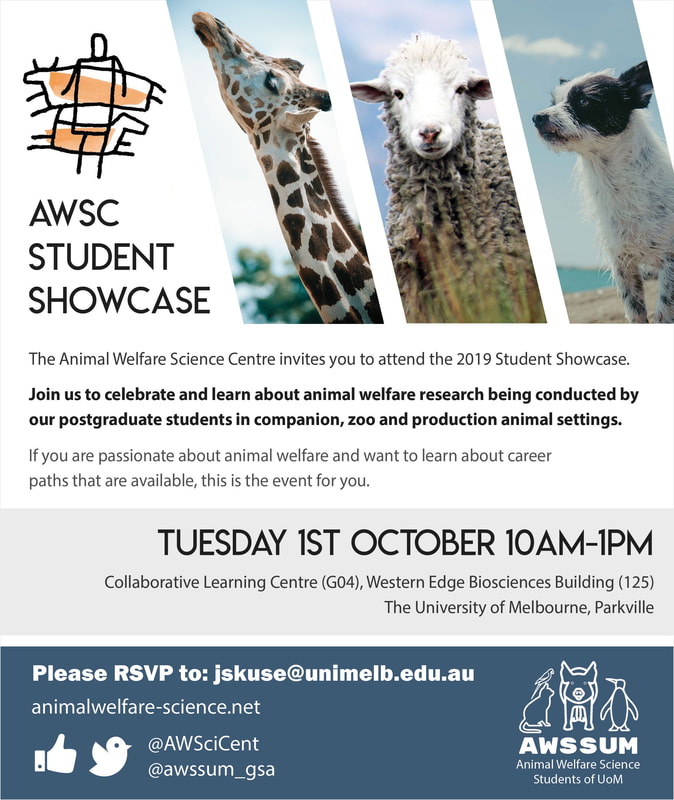|
Grahame Coleman and Paul Hemsworth Animal Welfare Science Centre, University of Melbourne (First published 2014) The news media frequently report animal welfare abuses, often as a result of covert recording or filming by animal rights organisations. These stories generate considerable public interest. The message conveyed is that the livestock industry in question engages in poor animal welfare practices and that some aspect of it should be substantially changed or even banned.
Generally, the abuses are instances of inappropriate treatment of animals by carers or someone who is interacting with the animal as part of the production process – for example, prior to slaughter or during shearing. These instances are then generalised to the industry and the conclusion is drawn that the behaviour is widespread and presents a serious welfare risk to the animal. It is important to establish the prevalence of the behaviours, the reasons for their occurrence and the appropriate industry responses. These points need to be considered in the context that we owe a duty of care towards the animals with which we have contact. Most people agree that it is acceptable to use animals for companionship, food or clothing and even many of those who do not consume meat, do consume other animal products or provide them for their pets. The animals that provide these resources are dependent on humans for food and shelter throughout their lives. Therefore, we do owe a duty of care to those animals that are dependent on us. In our research, we have found the prevalence of deliberate mistreatment of animals to be low. That is not to say that there are occasions when an individual might mistreat an animal because of a particular set of circumstances, such as in response to the animal’s behaviour or because the person is upset for another reason or is unwell. There also will be cases where a person is so insensitive to the state of the animal that their behaviour is persistently inappropriate. However, most of the instances of poor behaviour arise because the management of animals has largely been learned “on the job” and people may be unaware of the effect of their behaviour on the welfare of the animals under their care. In all these cases of mistreatment, either deliberate or not, the appropriate industry response is to ensure that these behaviours do not occur. Despite the regular media coverage of adverse events, interviews of several hundred stockpeople in the Australian livestock industries by the authors surprisingly indicate that, while many expressed a dislike for various aspects of the job, a clear majority enjoyed working with their animals. While we might expect farm animals to become fearful if they are mistreated, frequent use of some routine handling behaviours also increases fear and stress levels and thus reduces welfare of commercial farm animals (Hemsworth and Coleman, 2011). Although frequent use of physical force, such as hitting, can increase animal fear, surprisingly the results from our research in the main livestock industries show that the frequent use of routine tactile, auditory and visual handling behaviours, such as slapping, shouting and fast and unexpected movement, is also responsible for high fear and stress in commercial farm animals. Low fear levels at commercial farms are associated with a low percentage of these so-called moderate negative tactile, auditory and visual handling behaviours (eg slapping, shouting and fast and unexpected movement) and a high percentage of so-called positive behaviours, such as talking, patting or stroking and slow and deliberate movement. It is important to emphasise that the kinds of moderate negative behaviours we are referring to do not represent stockpeople mistreating their animals. It is necessary to occasionally use some moderate negative behaviours when moving farm animals in commercial settings, and it should be recognised that this is a normal part of interacting with the animals. However, it is inappropriate to use negative behaviours more often than is really necessary, just as it is equally inappropriate not to use positive behaviours when the opportunity arises. The important point is that sometimes negative behaviours are necessary when stockpeople are working with animals. If the farm animals were fearless and pet-like, it would be impossible for stockpeople to carry out their routine handling in a timely and safe manner. There is no evidence that stockpeople are naturally suited to manage animals. Coleman (2004) reviewed the available data and the evidence clearly indicated that the way in which stockpeople handle animals is largely learned. A major factor affecting stockperson behaviour is his or her attitude to the animals and to working with them. These attitudes are based on the beliefs that stockpeople hold about the animals and are shaped by both ad hoc advice from co-workers and by direct and indirect experiences with animals. They are therefore learnt and consequently through training of stockpeople targeting the key attitudes and related behaviour which affect animal fear, should be effective in reducing animal fear and stress and consequently minimising risks to animal welfare through poor handling. In fact, when training programs that are based on an understanding of both the beliefs that underpin behaviour and the appropriate ways of handling animals are used, there is a dramatic improvement in stockperson behaviour with a concomitant improvement in animal welfare as well as animal productivity (Hemsworth and Coleman, 2011). Therefore, selection and training procedures which target the attitude and behaviour of the stockperson offer considerable opportunity to improve farm animal welfare. This is the new direction for industries. Much has been done to improve genetics, nutrition, health and housing, but efforts to target the stockperson, who performs such a key function, have just begun. Further, an industry response that recognises this will reduce the occurrence of adverse events, assist in ensuring that the workforce is well suited to handling animals and will also improve the overall welfare and productivity of livestock. Most industries have animal welfare policies in place, but policies alone do not change the behaviour of individuals unless there are major sanctions that are enforced but this requires constant surveillance which is rarely practical or acceptable in the workplace. Direct interventions, in the form of targeted behaviour change training programs, as our research has shown (Coleman, 2004; Hemsworth and Coleman, 2011), provide a proactive means to retain a skilled workforce that acts in the best interests of the animals under their care. Such programs (for example ProHand, an attitude and behaviour change program) lead to cultural change within the organisation which, in turn, reduces the prevalence of mistreatment of animals by changing the disposition of stockpeople and by peer pressure from co-workers. Key references Coleman, G.J. (2004) Personnel Management in Livestock industries. In: Benson, G.J. and Rollin, B.E. (eds.) The Well-Being of Farm Animals: Challenges and Solutions. Blackwell Publishing, Ames, Iowa, USA, pp.167-181. Hemsworth, P.H., and Coleman, G.J. (2011). “Human-Livestock Interactions: The Stockperson and the Productivity and Welfare of Farmed Animals”, 2nd Edition CAB International, Oxon UK. Melbourne University’s Animal Welfare Science Centre contributes to improved animal welfare as a world leading provider of expert information, advice and education underpinned by rigorous research. Formed in 1997, we have developed our scientific research and teaching capacity in animal welfare science and have made many important national and international contributions to animal welfare research, teaching and training.
We have designed this event to give prospective students and those who are interested in our work a chance to find out about our research and how it improves the lives of animals. Attendees will also be able to chat with our students and get an idea of the varied employment opportunities which are available for graduating students. RSVP to Jeremy Skuse |
NewsResearch, engagement and teaching activities and achievements. Archives
May 2024
Categories |
Copyright © 2019 AWSC



 RSS Feed
RSS Feed